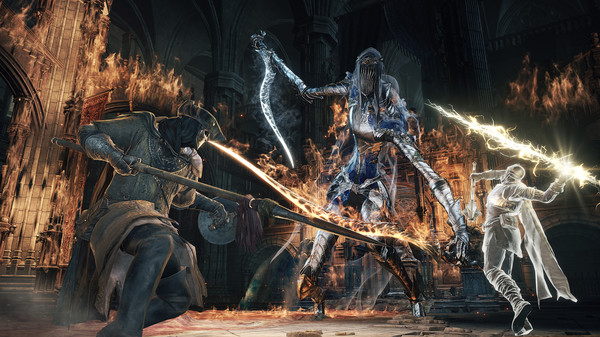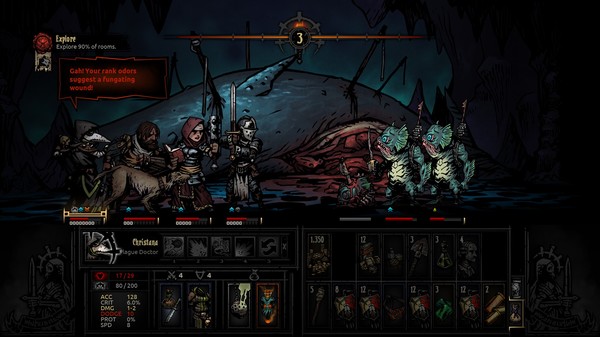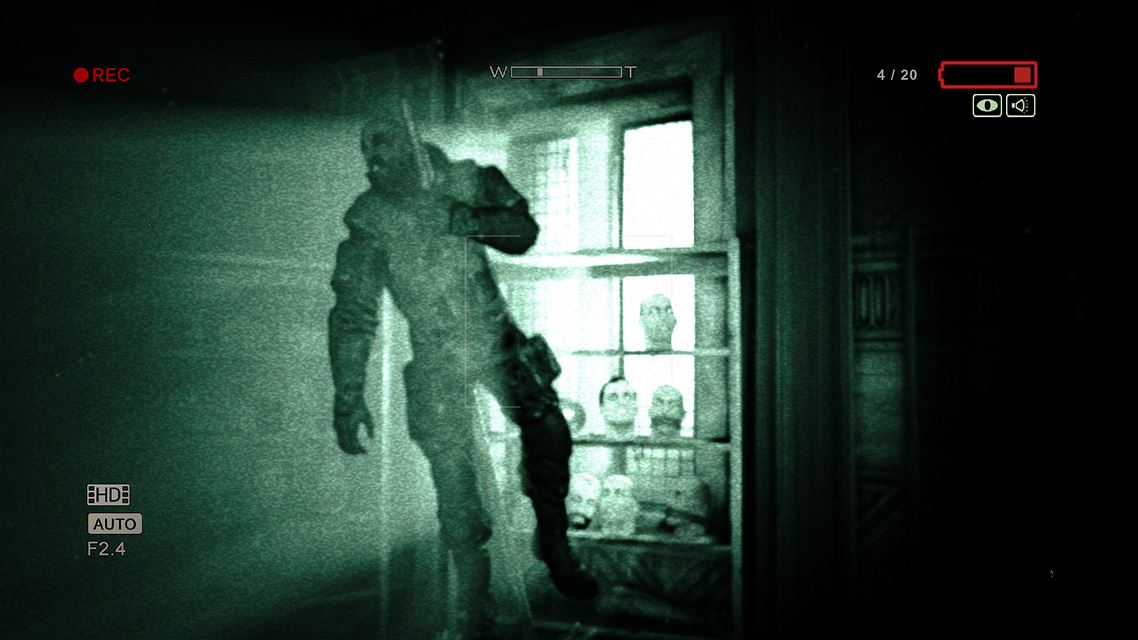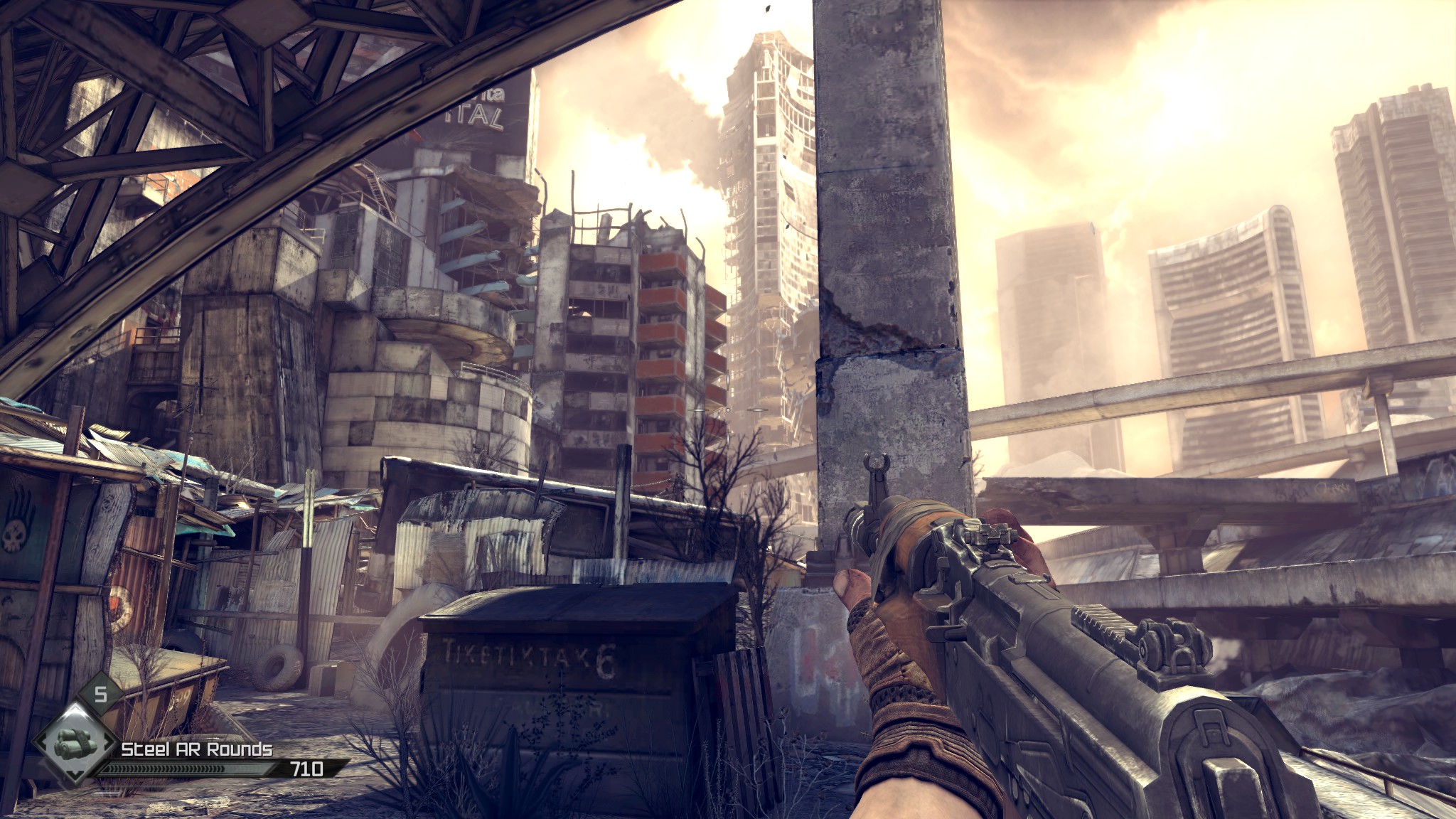With the big AAA companies ever expanding and the expenses of video game development continuing to grow, the fall of these enterprises is inevitable. With such high costs, companies just can not withstand it forever, but is it possible to avoid the collapse if companies make changes?
The cost of video game development
A perfect example of how the expenses of AAA companies is ever growing comes with the interview that Epic Games’ Tim Sweeney had with Polygon’s Allegra Frank this week. Sweeney spoke about just how much the cost of developing the Gears of War games has increased with each entry into the series.
Gears of War cost a total of $12 million for its development in 2006. Gears of War 3 cost between five and six times that which would be between $60 to $72 million. Epic Games estimated the latest installment in the series would cost a total of $100 million. That is almost ten times more in development costs in only a decade for a single title.
Such a substantial amount of money would mean that the company would need a massive profit otherwise it would put them out of business. This risk is why Epic Games sold the Gears of War IP to Microsoft and began developing games using a Free to Play model.
With the cost of video game development increasing to almost ten times that of what it was just a decade ago, can companies keep making games at this rate? All it would take is one game to be a financial failure, and it could ruin a company.
It also explains why AAA companies lack creativity in video games today and why we get so many games that feel the same. They can not afford to take the risks without massive investments.
Why does it cost so much money?
I am in no way an experienced entrepreneur sitting on a multi-billion dollar business tycoon, but I can see changes that companies can make to lower their development costs. My first argument is how can indie video game developers create video games that are both creative and fun for only a fraction of the price of an AAA company?
An example of this would be the developers of indie horror game Outlast, Red Barrels. For the development of the game, they were looking for $1 million funding from the CMF (Canada Media Fund) to hire developers for the game. This money is not including having to somehow gain another $300,000 before they could apply for the CMF.
For approximately $1.4 million, Red Barrels was able to create an outstanding horror game. If this is the case, how is it that it costs an AAA company so much money to develop one title? When you think about it, the answer is quite simple.
Outlast consisted of a team of ten developers in total. A small yet manageable team which would be easy to communicate around efficiently. One AAA title could include a group of over three hundred employees. A video game designer earns between $32,000 and $100,000 a year.
A video game programmer makes between $40,000 and $120,000 a year. Those figures are just for one employee. Imagine having a team of over three hundred employees, including artists, a PR department and more. It comes as no surprise why AAA titles cost so much to develop.
These costs do not include the cost of advertising the game and hiring voice actors (often Hollywood actors), which would also come in costing a pretty penny.
What changes could help avoid the collapse?
Looking at how Red Barrels achieved such success with Outlast consisting of an approximately $1.4 million budget, it is clear that excellent video games of high-quality are possible to develop for far less than an outrageous sum of $100 million. The problem is numerous cutbacks would be essential which is something the AAA companies would not be used to.
The most major of these changes would be team size. Drastically lowering the size of the development team would reduce the overall cost immensely. The issue with this is that it will increase development time for a title. On average, it takes an AAA developer a year to develop and release a title.
A reduced team could potentially double if not triple the time it takes to develop a game. Increased development time is something that a publisher would not be particularly happy about unless the developer publishes the game in-house.

Then there are also marketing cutbacks. The extremes that AAA companies go to with marketing a single game can at times be ridiculous. With the current day and age we live in there really is no need for it. With the likes of Steam and YouTube not to mention websites like GameSkinny and many others, video games get all the free advertisements they need.
There is little need for posters, billboard posters, TV advertisements and any other similar form of ads, which cost money. Why pay for advertising when you are already getting more than you need for free?
A final cutback would be the expensive music composers, Hollywood actors voice acting, and overpriced artists. There are equally as many talented individuals in each of those professions who would be more than willing to contribute to a video game for far less an asking price than others.
Hollywood actors like Morgan Freeman can charge as much as one dollar a word, and famed music composers can charge as much as over $300 per minute of music. It is ludicrous pricing that will continue only to rise as long as companies keep paying them.
There are so many cutbacks that the AAA companies can make to lower the cost of developing video games. What are the chances of them making such changes? I am confident when I say; it is not likely going to happen anytime soon.
The aftermath of the collapse
If or when such a collapse of the AAA empires happens, the result may not be as bad a thing as you may think. If anything, it would most likely lead to better and more creative video games. It would be much like the industry was back in the 90s.
The employees of the giant companies would disband to form small indie video game development companies much like Red Barrels and begin making their games. With crowdfunding sites like Kickstarter and services like Steam Greenlight, there would be no problem with gaining funding and a game being available for digital distribution.

I believe that such a collapse would be one of the best things to happen in the video game industry. It would give professional developers an enormous amount of freedom to create what they want to create as opposed to what publishers and big development companies want them to create.
I can only see the clear benefits from this as it would surely bring some incredibly original video games into the market–which the indie market has delivered for several years now. The AAA collapse is bound to happen without changes, but overall it wouldn’t be a bad thing for the industry.
What are your thoughts on the AAA video game companies? Do you feel a collapse is inevitable? Let me know in the comments below.











Published: May 4, 2016 06:50 am